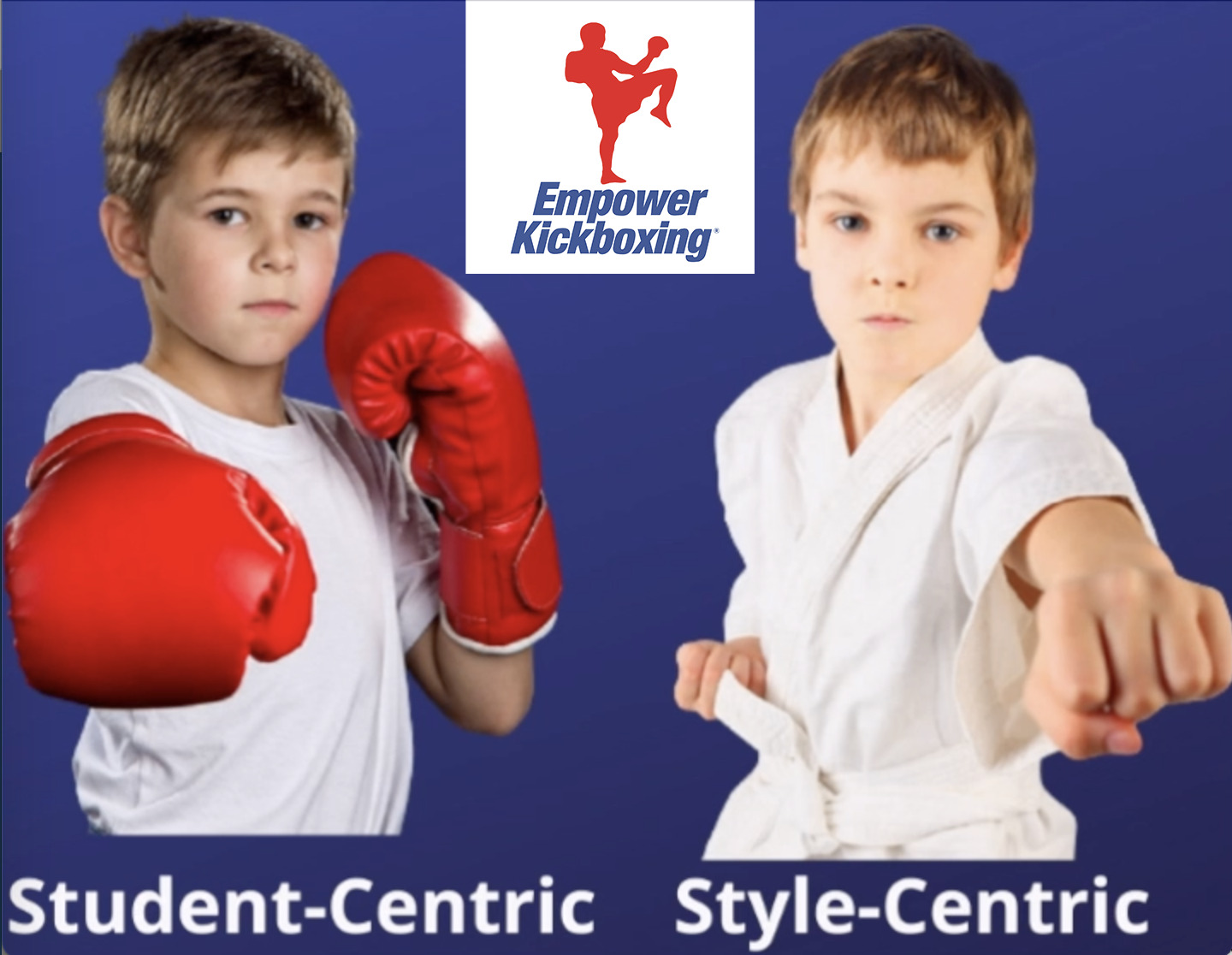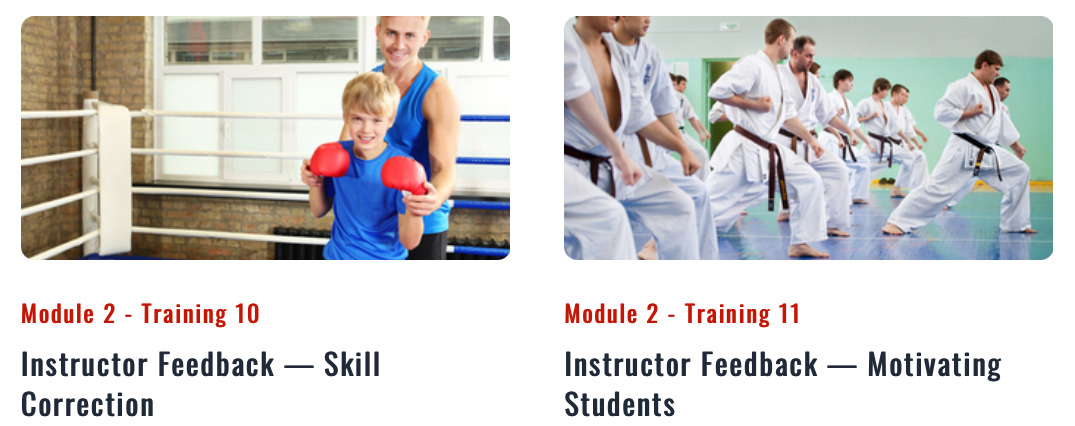Teaching Children with Attention Deficit/Hyperactive Disorder
This article empowers martial arts instructors to step beyond the "Tradition Trap" when teaching students, especially kids with ADHD.
By focusing on practicality, safety, and adaptability, instructors can build trust, boost student confidence, and modernize their teaching methods without sacrificing the core values of their art.
Learn how to refine your curriculum, incorporate modern self-defense techniques, and create an environment where every student thrives.
Related Articles

As martial arts instructors, we possess a unique opportunity to make a lasting impact on children's behavior both at home and in school. By integrating motivational education into our martial arts curriculum, we not only enhance the perceived value of our programs but also foster critical life skills in our young students.

Discover the surprising benefits of martial arts that go beyond self-defense! Learn how martial arts cultivate discipline, confidence, and emotional resilience in children, making it more than just physical training—it's a transformative journey for your child's future.

Discover how to transform the summer slump into a profitable season for your martial arts school with engaging summer camps and weekend retreats!

Discover how martial arts training goes beyond physical skills to significantly impact a child's motivation and behavior at home and school.

Discover how martial arts schools are evolving from intense training environments to more motivational, kid-focused programs. Learn from a personal story and understand why balancing core training with character development is crucial.

Are you prioritizing the safety and real-world skills of your martial arts students, or holding onto tradition at their expense? Discover why putting students first is the ultimate evolution of your teaching.
Watch this fight and tell me what you see...

Here are 10 expert teaching strategies for martial arts instructors! Learn how to keep students engaged, improve retention, and grow your martial arts school.

Unlock the secrets to effective martial arts instruction with our comprehensive Staff and Instructor Guidelines, ensuring safety, professionalism, and exceptional teaching standards.

Boost your martial arts school’s safety and revenue! Discover strategies for effectively selling sparring equipment to your students.
Information on this website and any downloads are for educational purposes only. The author(s) and/or website owners take no responsibility for the accuracy or efficacy of anything found on this site or related sites.